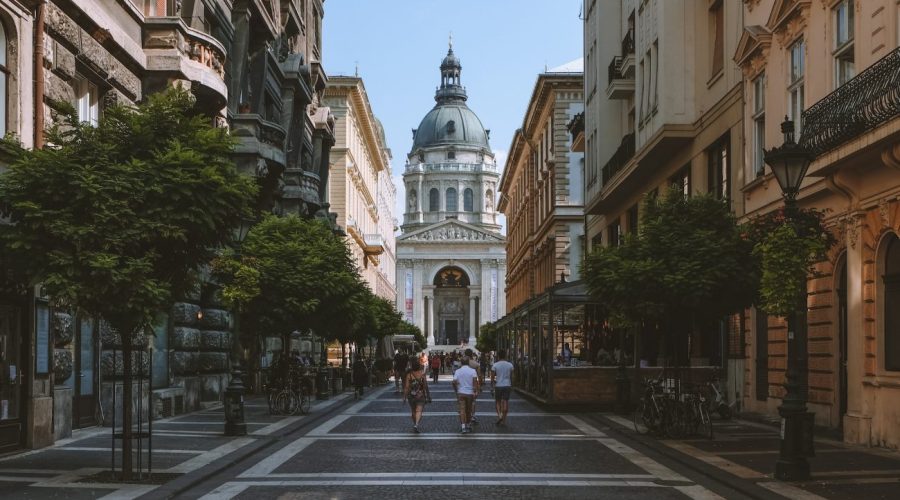The Fascinating History of London Tour
This narrative takes us through historical timeframes to reveal the magnificent historical heritage of London City. This extensive guide reveals the historical background of London to all those who want to visit or want additional information about the city’s iconic status. The town of London stretches through numerous eras starting with Roman presence followed by mediaeval fortifications and finishing with modern structures.
1. Roman Foundations
More than two thousand years ago London began as Romans established their settlement there. The city originated from Roman founding in AD 43 under the name Londinium. A Roman construction of a bridge at the Thames River created London’s status as a prominent trading center. Modern London allows visitors to view Roman architectural remains through the preserved London Wall boundary from when it served as an urban barrier.
2. Medieval London
Throughout the medieval era London experienced quick growth when builders designed renowned structures like the Tower of London. The Tower was constructed during the 11th century for royal residence while simultaneously becoming a facility for imprisonment. Join a guide tour to learn about prisoners who stayed at the tower and see the Crown Jewels that the guidet shows you.
Medieval London crowns itself with Westminster Abbey as this Gothic church performs royal dignities including coronations as well as monarch weddings and royal interments since 1100. Examine its extraordinary design while studying the important personages who rest in the sacred grounds.
3. Tudor Era and the Monarchy
London transformed its historical trajectory under monarchs from the Tudor era including Henry VIII because they reshaped the urban landscape of the city. You can explore both the Tudor palace architecture and beautiful gardens and luxurious chambers of Hampton Court Palace located outside the city. The Great Hall stands as one of the highlights because Henry VIII used it to organize extravagant banquets as well as court events.
You should travel to renowned St. Paul’s Cathedral which Sir Christopher Wren reconstructed after the Great Fire of London burned in 1666. The cathedral dome offers visitors the chance to reach its peak while experiencing breathtaking city views and detailed cathedral interior decorations.
4. The Industrial Revolution
London acted as a central figure in the Industrial Revolution when it developed into a commercial and industrial center that flourished. Gain valuable understanding about this transformational period by examining all the fascinating displays at the Museum of London. The development of steam-powered technology and factories and railway system expansion are explained.
5. Modern Landmarks
Understanding London’s historic narrative requires visiting contemporary structures that symbolize the city. See the River Thames beauty from the Tower Bridge as you walk across the Victorian engineering marvel. Stand in the energetic Trafalgar Square while admiring the renowned National Gallery and the traditional Admiralty Arch standing nearby.
For a taste of contemporary architecture, marvel at the glass and steel structure of The Shard, the tallest building in Western Europe. Experience panoramic city skyline views of London by riding up to The View from The Shard through an elevator.
Conclusion
London’s vast historical background provides memorable insights about the Roman origins and present-day vibrant development of the urban area. The exploration of historical landmarks along with studying the essential events of London gives you a priceless chance to grasp the true nature of this globally recognized city. Any traveler interested in history or seeking novelty will find an in-depth appreciation and intense respect for London through its historical tour.
Table of Contents



